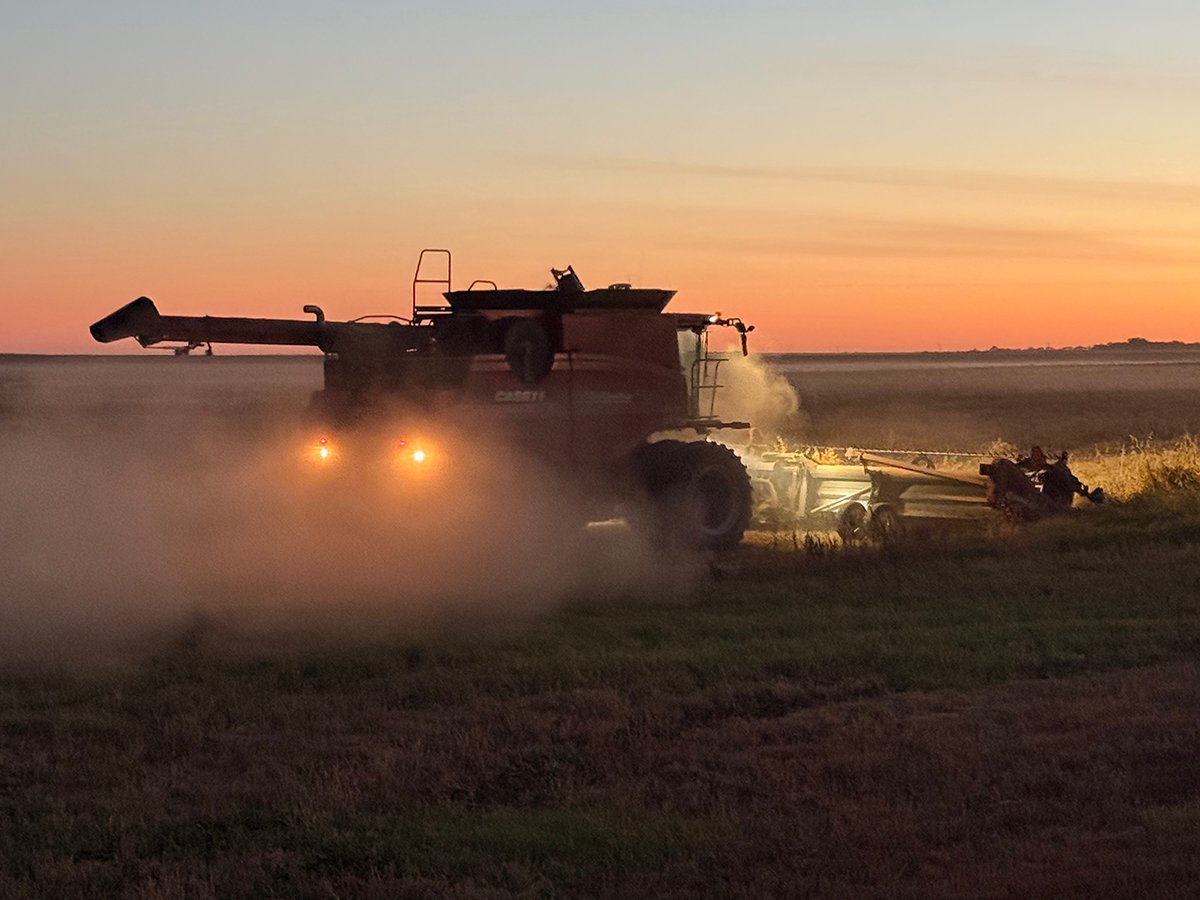Canola’s rallied.
Oats have rallied.
Flax has rallied.
Hard Red Spring Wheat has rallied.
That all makes sense and we in Western Canada can take credit for those rallies, it seems safe to assume. We dominate those crops and when we get a crop disaster like the one we’re dealing with now, prices rise as they chase suddenly shorter supplies.
But why are corn and soybeans rallying recently? We grow little of either on the prairies and they’ve been echoing the moves in the Canadian-based crops.
Here are charts of Chicago new crop soybeans and corn:


Those rallies are good news for prairie crop prices because – regardless of the independent motion of prairie crops recently – corn and soybeans lay the basis that prairie crops are shackled to. They can only rise so far above the baseline of corn and soybeans before some sort of substitution effect takes place. So when corn and soybeans rise, like they have done, prairie-based crops see their ceilings rise.
But how much of the recent run-ups in corn and soybeans are due to Canada’s problems? Are our problems with cereals like wheat and oats giving support to corn and turning it higher? Is canola’s plight lifting soybeans?
That’s hard to disentangle, I’m finding out. As I call American analysts, I’m hearing different takes on that question. Some think Canada’s problems lit a fire under the overall market and got things going higher. Others think unique corn and soybean production problems in parts of the U.S. are the overwhelming cause, with Canadian problems just a supporting detail but not a driving force.
Read Also

Downturn in grain farm economics threatens to be long term
We might look back at this fall as the turning point in grain farm economics — the point where making money became really difficult.
That’s always this problem in the marketplace: like the warriors fighting for supremacy in the movie Highlander, THERE CAN BE ONLY ONE! watch?v=bv_qcgnOiGk
One price, I mean. That one price for soybeans contains the entire world of factors that affect soybeans, including the state of the U.S. crop, the state of the world’s other soybean crops, the state of the Canadian canola crop, the price of crude oil, the fear of U.S. traders that their soccer team is going to lose its next World Cup match, anxiety over European debt issues, delight over China’s unpegging of its currency.
There’s one price that’s gotta sum all that up, and interpreting that one number is what gives hundreds of analysts and economists a career. Just like with interest rates: the Bank of Canada and the U.S. Fed get dozens of reports and thousands of pages of analysis about general and specific economic conditions, then have to hammer it all down into a terribly simple response of 1) raise interest rates a tiny bit; 2) lower them a tiny bit; 3) leave them alone. The whole world summed up in a quarter-point call.
So is Canada the cause of the recent wide rally of North American grain prices? Well, you can see the number as easily as I and the analysts can see it. You tell me. No matter what you guess, some analyst somewhere agrees with you.

















